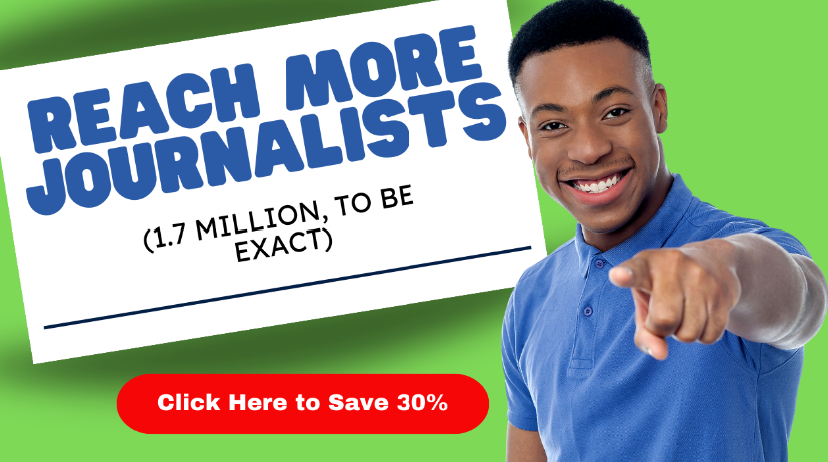Who says a press release is the only way to court the media? Story proposals can sometimes be more effective when approaching your personal “A list” of journalists, presenting customized pitches that match their sensibilities and the news beat they cover.
While a good press release presents the essential news elements of your subject or event, its purpose–to reach a variety of media outlets through broadcast distribution–limits content to a “lowest common denominator.” For example, a fundraising event centered around an athletic competition may be the first to use an innovative software program to manage facilities and dispatch emergency personnel. However the software’s news value may appeal to less than five percent of the potential audience for your press release.
In contrast, a story proposal is source-specific, crafted with particular journalists or media outlets in mind. It can highlight unique angles and references that would not be relevant to the majority of press release recipients. Using the athletic competition/fundraiser example, the publicist could prepare separate story proposals on the merits of the software for editors of technology, mission critical, and sponsorship publications, each customized to meet their separate criteria.
Story proposals are also more focused in their objectives than press releases. When well-written and strategically formatted, they can draw immediate attention to specific issues that best connect with the recipient. Ultimately, they should excite the editor or reporter that a fresh premise exists for a feature story.
Story proposals require in-depth knowledge of targeted media outlets. Familiarity with a publication’s scope of coverage, departments (sections), editorial calendars, and supplementary or special editions will be essential to provide context. For television and radio, identifying recurring segments on a daily and/or weekly basis will be required.
The most common formats for story proposals are the query letter and the bullet-point proposal. The query format is a formal letter of intent written in complete prose. While queries are popular, a bullet point format has several practical advantages. A bullet-point proposal:
–Immediately directs journalists to presentation points.
–Takes less time to read.
–Uses fewer words, avoiding rambling.
–Is modular, allowing greater flexibility to re-order/re-work content for successive submissions.
Regardless of format, a story proposal should include:
–Company letterhead or full contact information of the media contact.
–The date.
–Full contact information for the writer, editor, or producer being addressed. (This will also be practical during follow-up.) Always confirm the proper spelling of the names and titles before sending the proposal.
–The proposal title. (This can be either a working title, the name of the person, event, etc.)
–A “story lead/description” header, followed by the bullet point(s) of the key information, usually in relation to a topical angle (e.g., an upcoming event).
–Secondary topics to be covered.
–Benefits. (What will the reader come away with?)
–Credentials section, devoted the source (if applicable).
–Background information. A section for relevant angle of interest including but not limited to: professional practices, innovations, community/cultural community affiliations. This may include information of specific interest to the recipient journalists or media outlets.
–Proposed departments (print or web) or segments (radio or TV) the story would be best suited for. (This will provide the editor/producer with options.)
–Proposed length.
–A “please respond by” date if time sensitive.
Story proposals, particularly bullet-point proposals, should be created as a template. This will allow you to modify content with greater ease, both for current and successive campaigns.
As with a press release, follow-up will be required. Be prepared to provide journalists and media outlets with clarifications and supporting information.
A story proposal can also be used for networking with journalists. Following conversation at industry events, sending that reporter a targeted story proposal, rather than a generic press release, can serve as a logical extension of your discussion.
This article, written by Adam Bello, originally appeared in PR Fuel (https://www.ereleases.com/prfuel), a free weekly newsletter from eReleases (https://www.ereleases.com), the online leader in affordable press release distribution. To subscribe to PR Fuel, visit: https://www.ereleases.com/prfuel/subscribe/.
